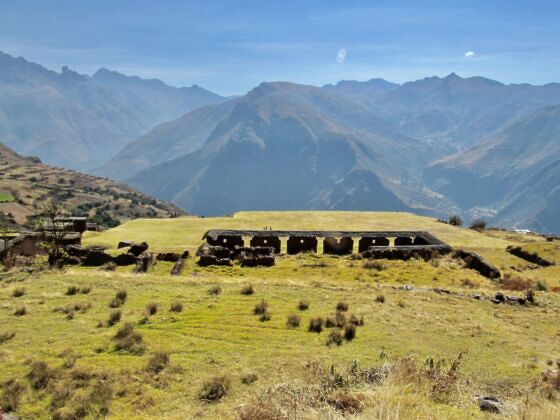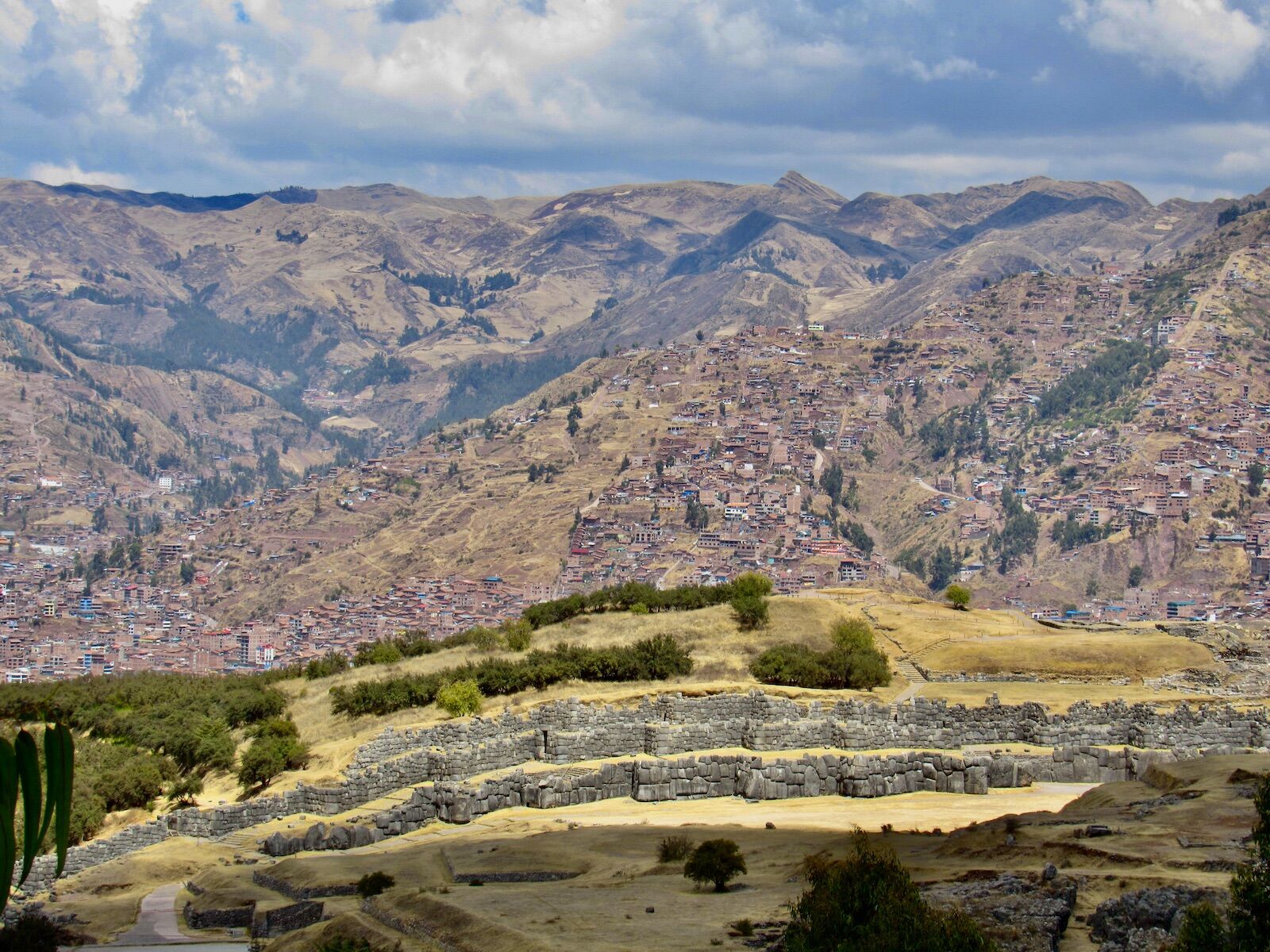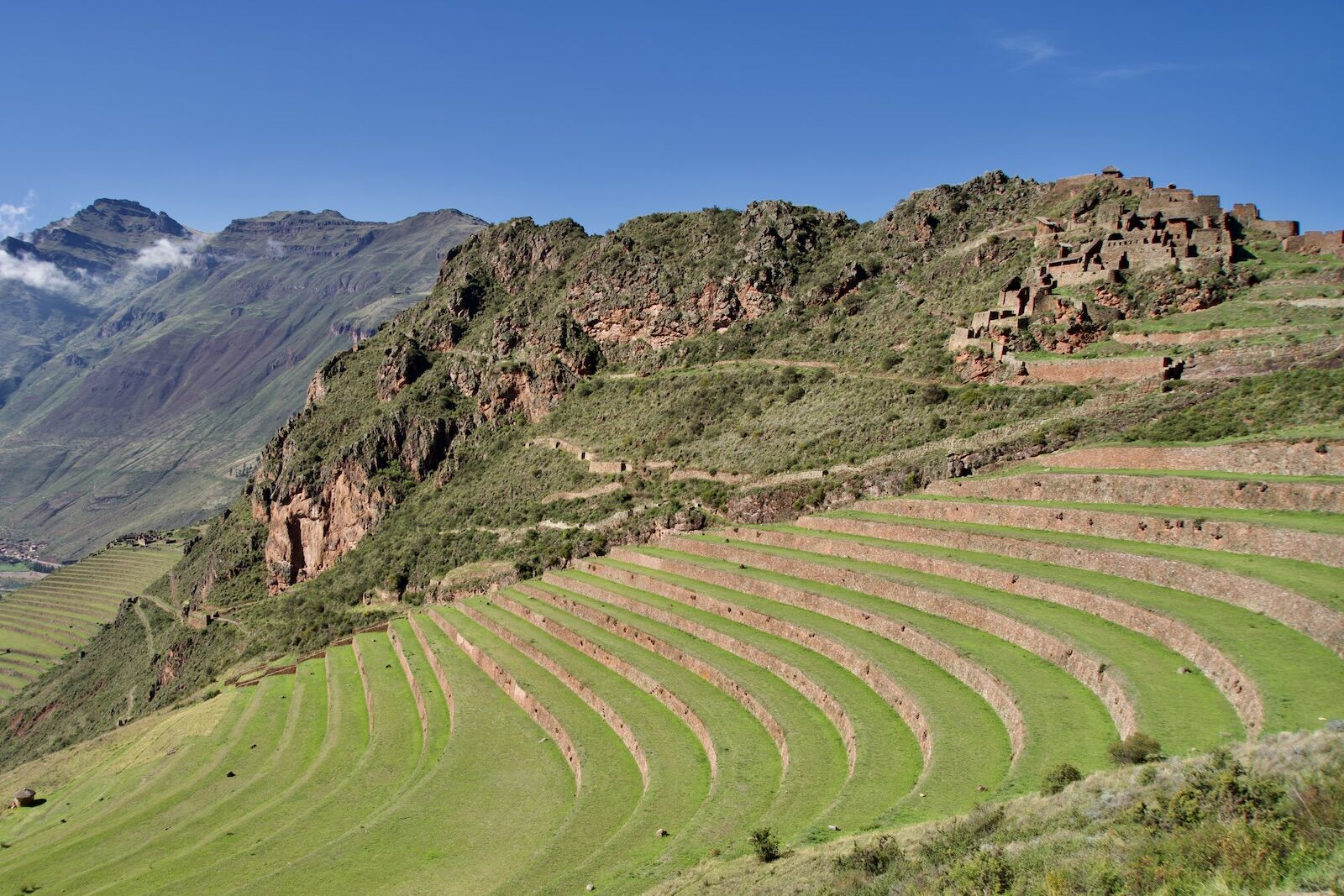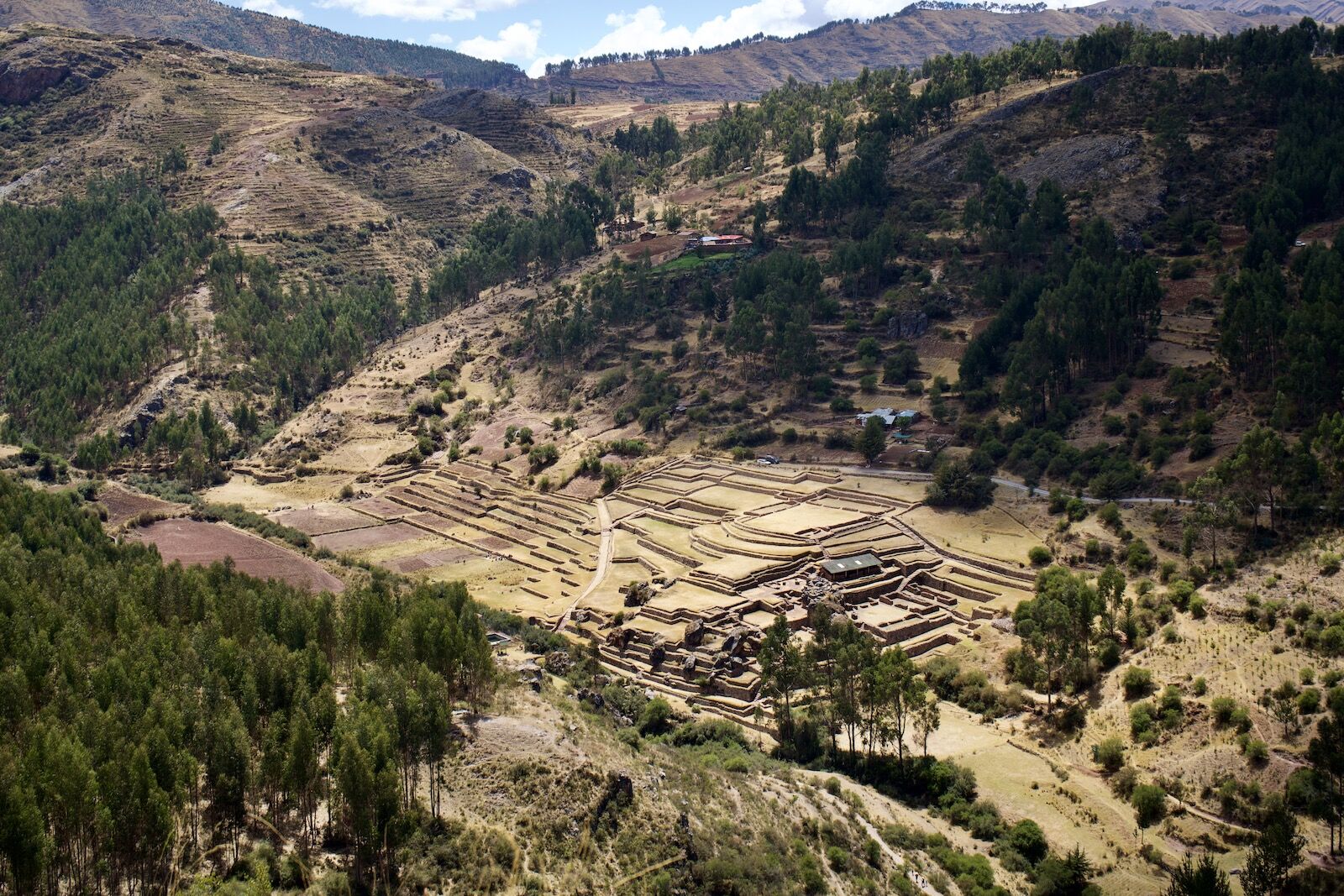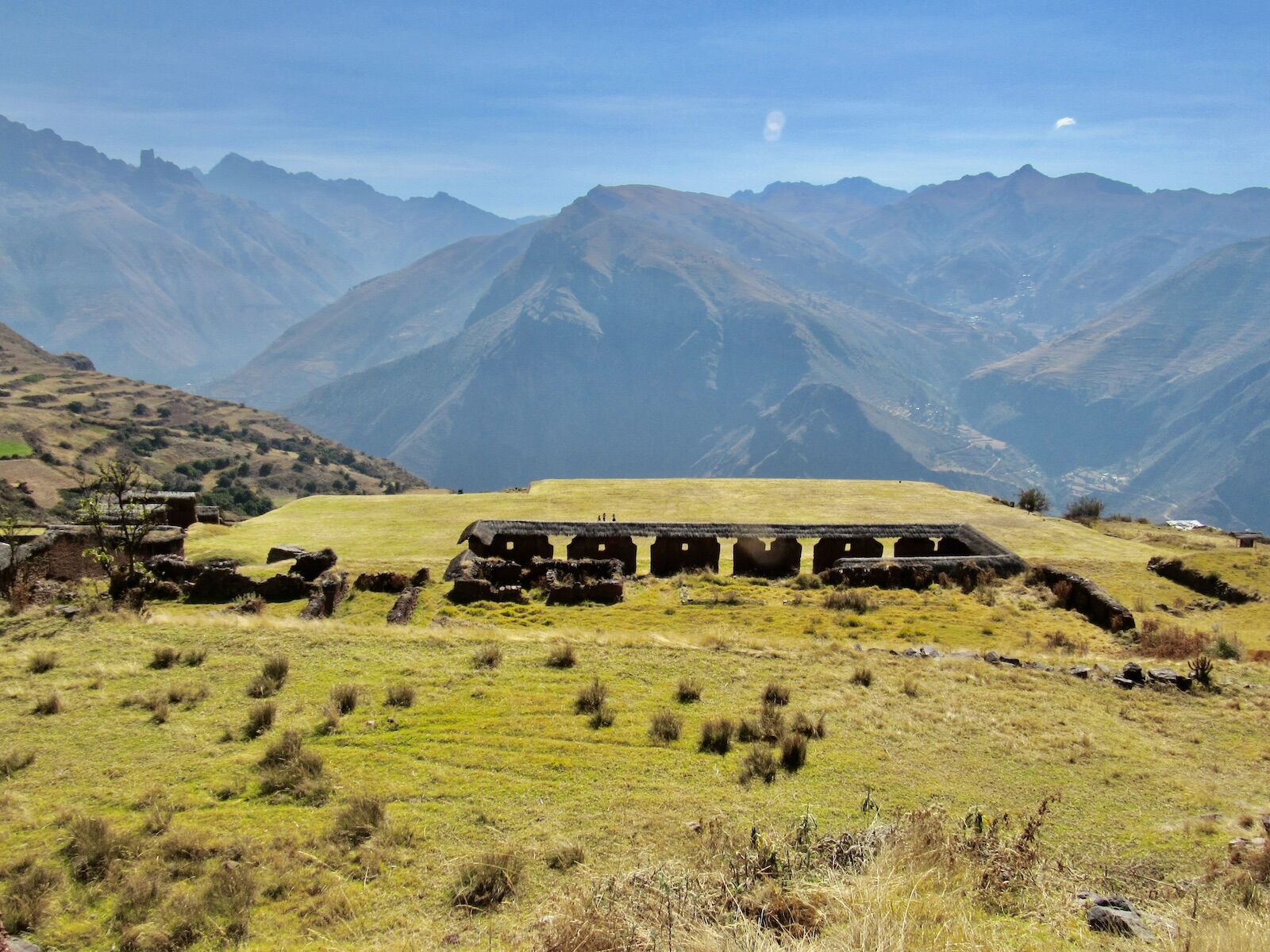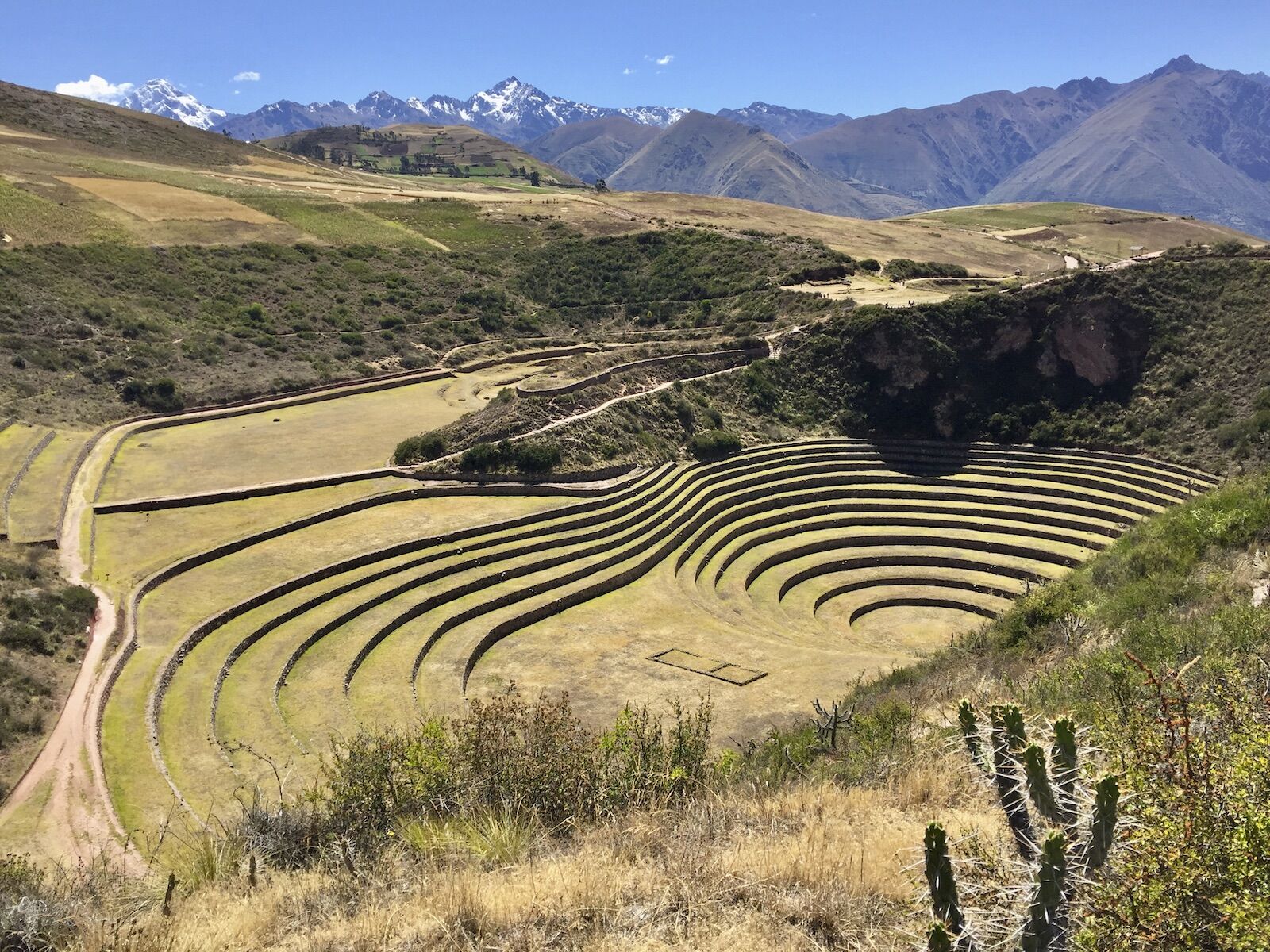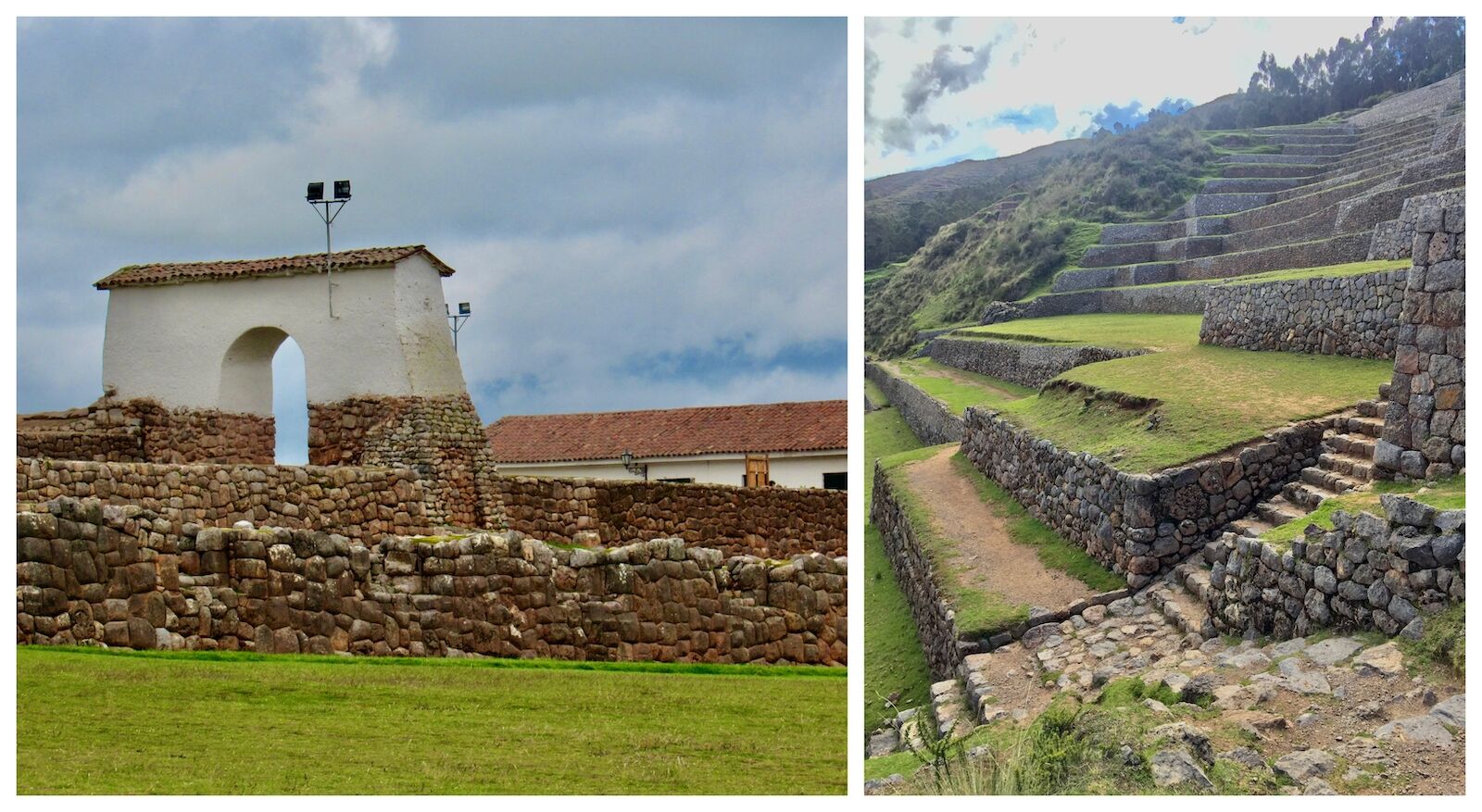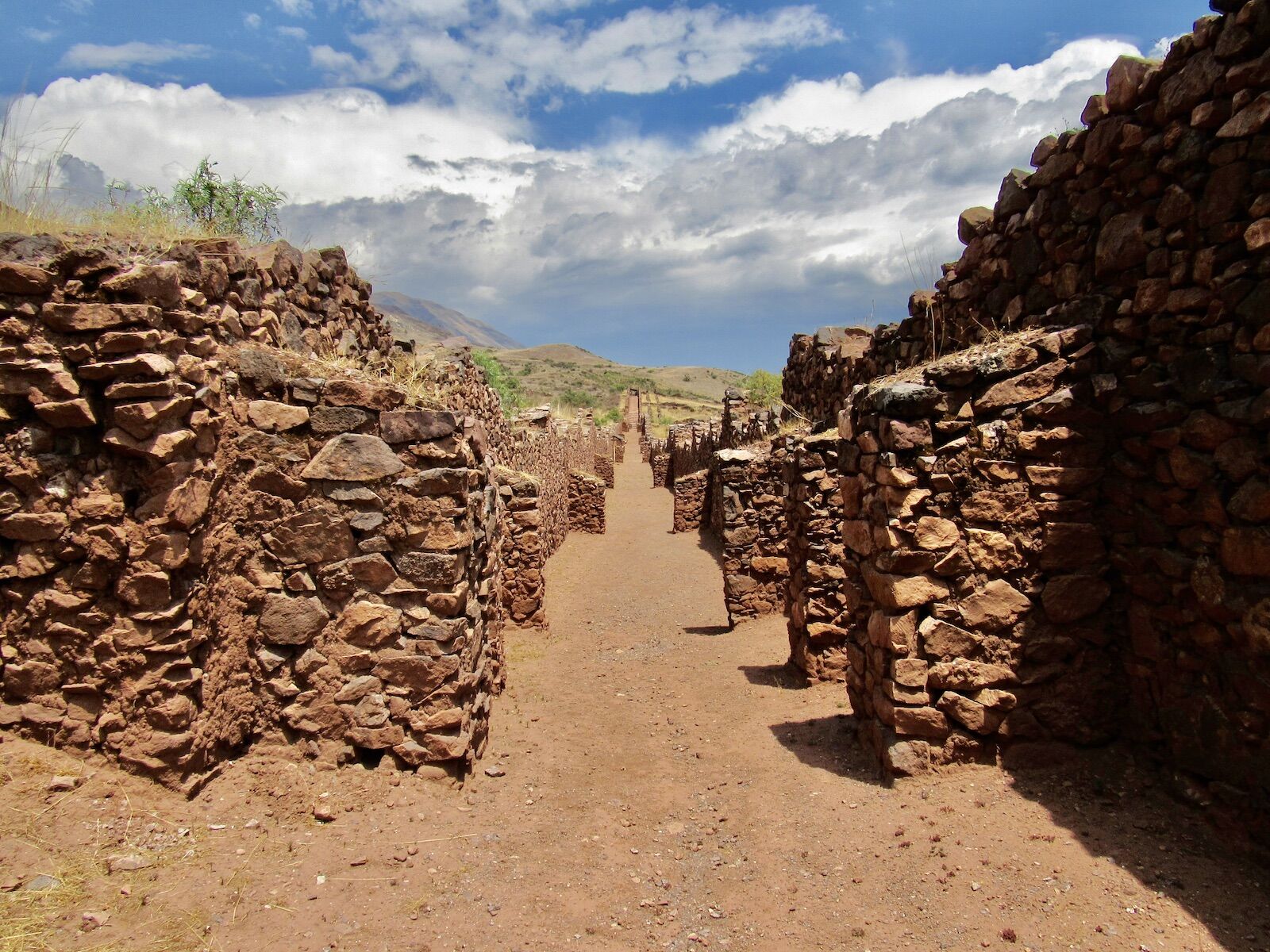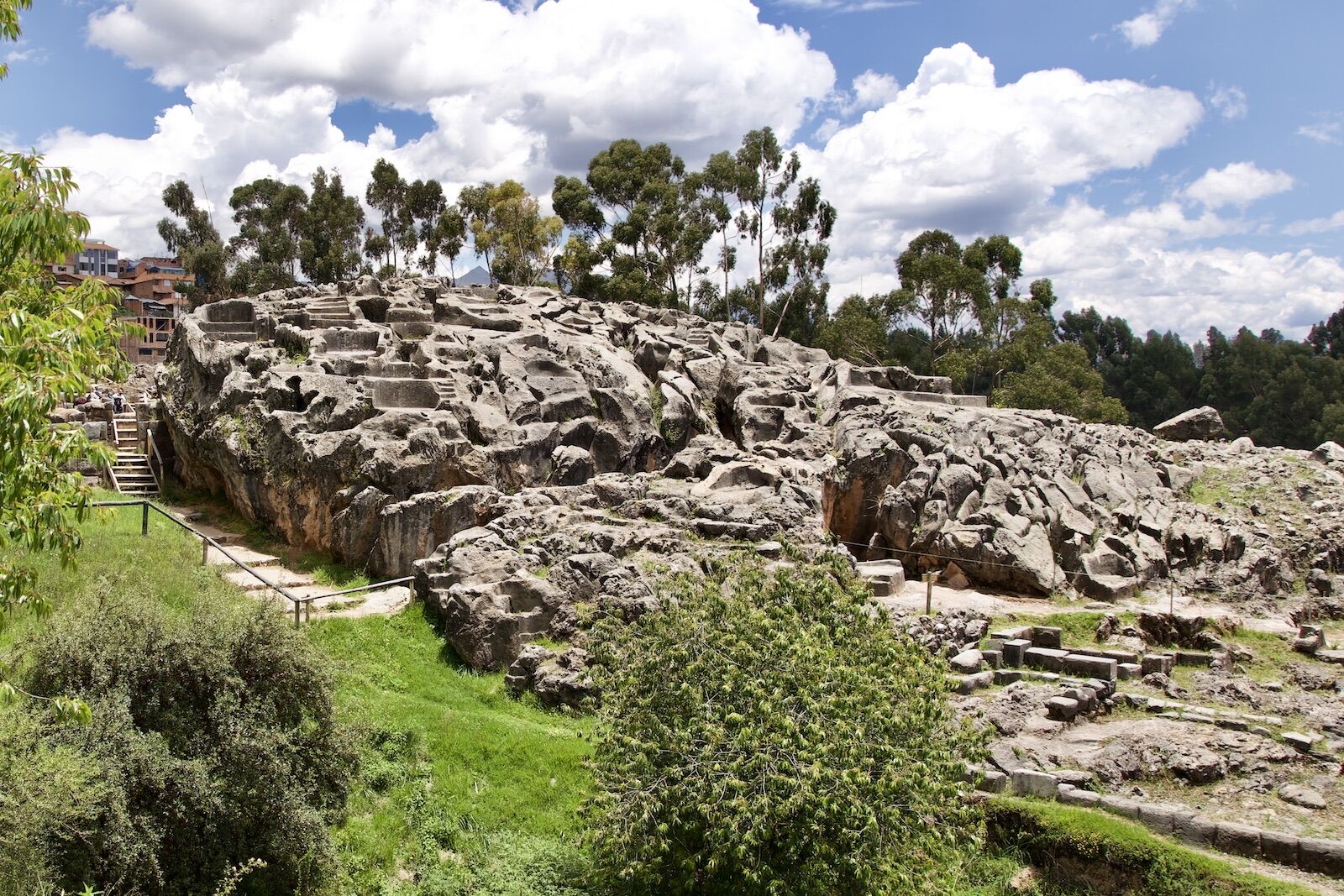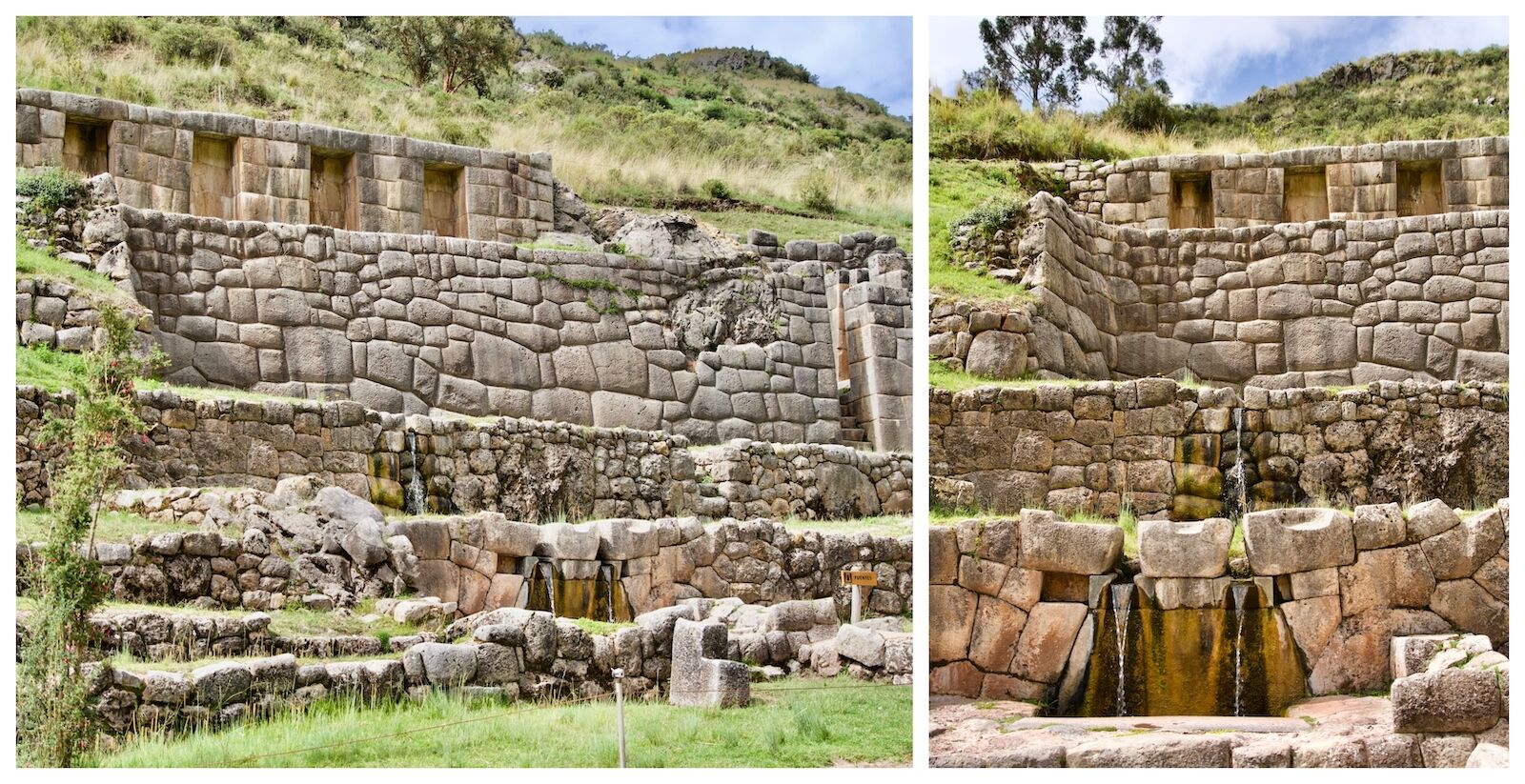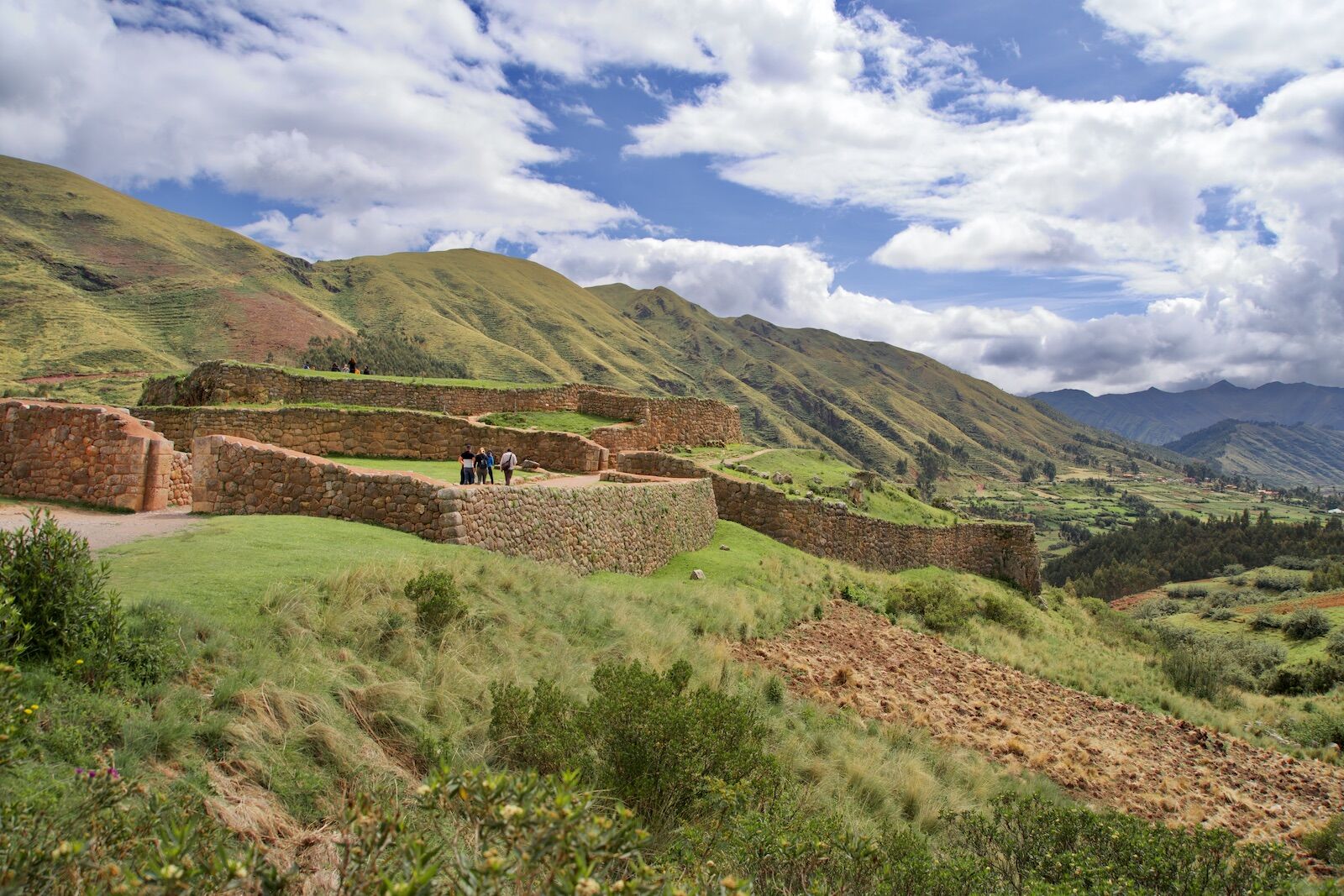Peru is best known as the home of Machu Picchu but there is an endless list of other amazing archeological sites to visit in Peru’s Cusco Region.
For the past twenty years, René Pilco Vargas has been excavating archeological sites in and near Cusco. He studied archeology at the Universidad Nacional de San Antonio Abad del Cusco and at the Universidad Mayor de San Marcos de Lima. He says that while Machu Picchu should be on your list if you’re coming to Cusco, there are also dozens of other Inca archeological sites that are worth your time and that you can drive to or access with a short walk or day hike. Here are the top 15 that Pilco Vargas says you should try to fit in your visit to Peru’s Cusco region.
